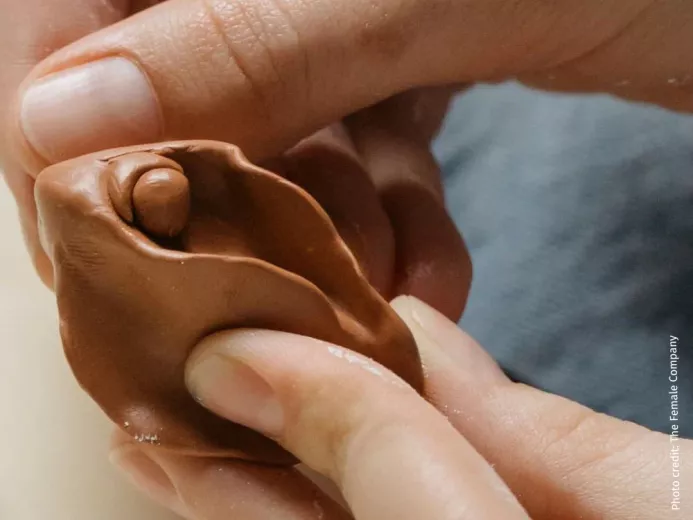Do L. iners protect vaginal microbiota during pregnancy?
But what role does L. iners play in vaginal health during pregnancy? A Chinese study 1 highlights the complex but overall beneficial role of this bacterium in maintaining a healthy vaginal microbiota.
- Learn all about microbiota
- Microbiota and related conditions
- Act on your microbiota
- Publications
- About the Institute
Healthcare professionals section
Find here your dedicated section
Sources
This article is based on scientific information

About this article
Vaginal microbiota is a complex ecosystem of bacteria inhabiting the vagina which plays a crucial role in women’s health, including during pregnancy. As an example, a higher concentration of lactobacilli appears to reduce the risk of miscarriage.
Among the various lactobacilli in the vaginal flora, Lactobacillus iners is particularly interesting as this bacterium is found in both healthy and pathological microbiota, raising questions about its exact role. A study conducted on 91 Chinese women in the third trimester of pregnancy provides new insights.
Higher levels of L. iners in healthy women
The study shows that one in two healthy women harbors a vaginal flora dominated by L. iners, whereas fewer than one in three women in the “unhealthy” group ( (sidenote: Gestational diabetes Gestational diabetes can develop during pregnancy in women who don't already have diabetes, usually around the 24th week. Testing is typically done between 24 and 28 weeks. It occurs when the body can't produce enough insulin during pregnancy—a hormone that allows blood sugar (glucose) to enter the cells to be used for energy. As a result, blood sugar levels (glycemia) become higher than normal. Every year, 5% to 9% of pregnancies in the U.S. are affected by gestational diabetes. Proper management of gestational diabetes helps ensure a healthy pregnancy and a healthy baby. CDC ) , pregnancy complications, etc.) have this type of microbiota. Conversely, a flora dominated by L. crispatus is more frequent among expectant mothers with health issues.
For example, this type of microbiota is present in 57% of women with gestational diabetes.
Could the higher frequency and abundance of L. iners explain the good health of pregnant women? Researchers believe this could be true. This is because a higher presence of L. iners means an enhanced production of beneficial microbial molecules by this bacterium. This includes an increased biosynthesis of a compound with the intimidating name “tetrahydrofolate” which helps maintain moderate inflammation in late pregnancy.
This example shows how certain lactobacilli strains, even if not typically considered protective, can contribute to regulating the vaginal ecosystem during pregnancy.
50% 50% of healthy pregnant women had a microbiota dominated by L. iners.
Different strains of L. iners
However, not all L. iners strains are the same. Among the seven strains identified in pregnant women, three strains associated with (sidenote: Bacterial vaginosis Bacterial vaginosis (BV) is a type of vaginal inflammation caused by an imbalance of the bacterial species that are normally present in the vagina. ) were particularly adept at forming feared biofilms, which serve as shelters where pathogens can multiply. Four other strains (some associated with vaginosis, others not) appeared capable of inhibiting the growth of the pathogen Gardnerella vaginalis. In short, each L. iners strain has its own characteristics—and likely several tricks up its “bacterial” sleeve. But some strains could help maintain the stability of the vaginal ecosystem in pregnant women.
A delicate balancing act between the vagina and its bacteria
By nature, the vagina harbors billions of bacteria whose role is to protect the balance of the local flora. When dysbiosis occurs, this balance can be disrupted, increasing the risk of infections such as bacterial vaginosis. Probiotics are now being studied as a promising way to restore this balance, particularly in pregnant women, whose vaginal microbiota can be more unstable.
For more information, see our web pages:
To conclude:
Neither always good or bad, L. iners acts as a true double agent, with its impact on the vaginal microbiota depending on its context, the specific strain and the surrounding ecosystem. This delicate balancing act must be closely monitored during pregnancy.

















